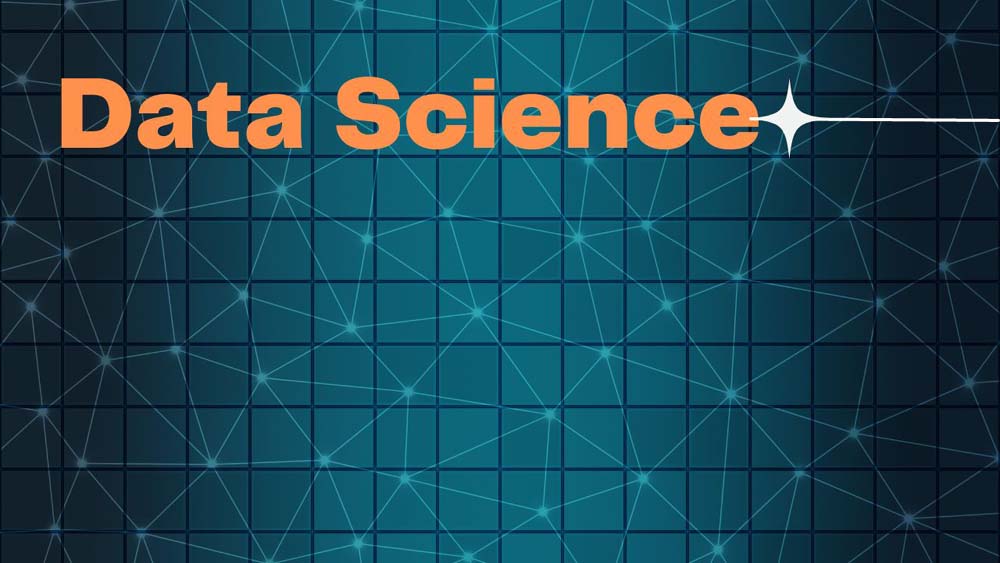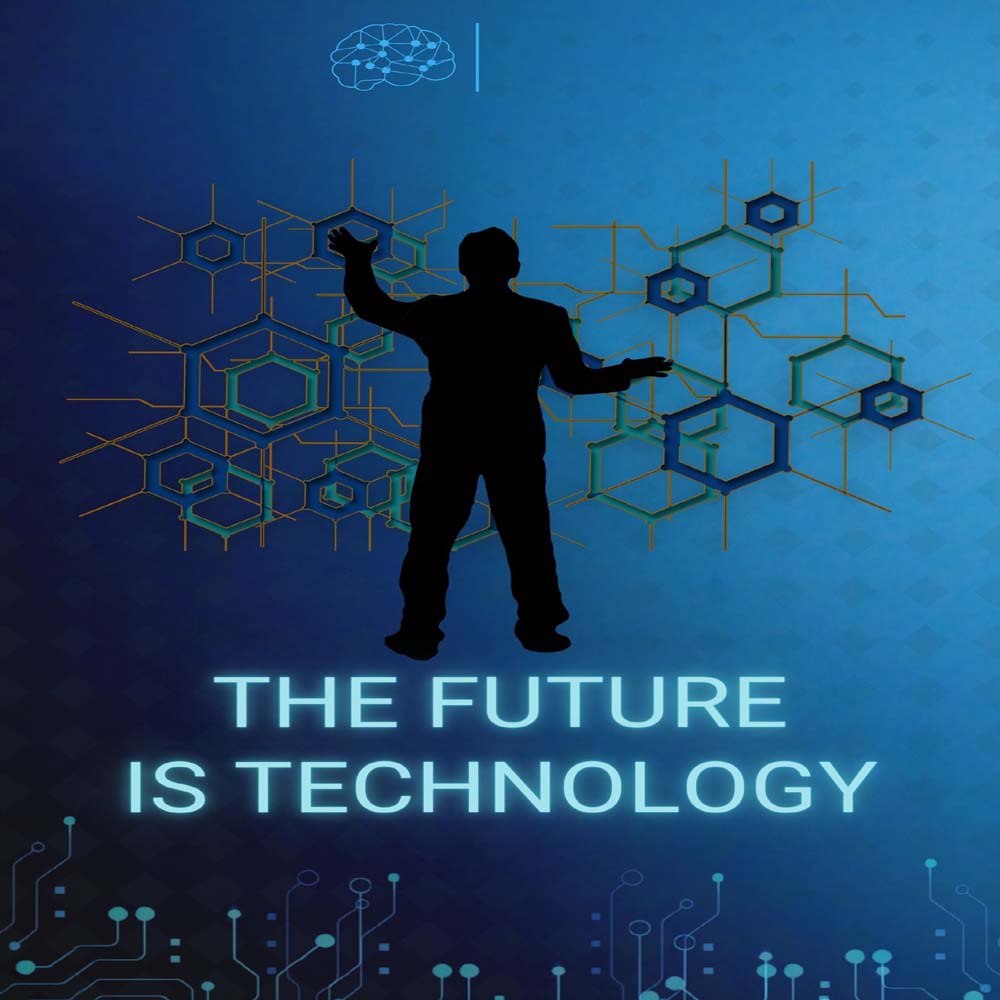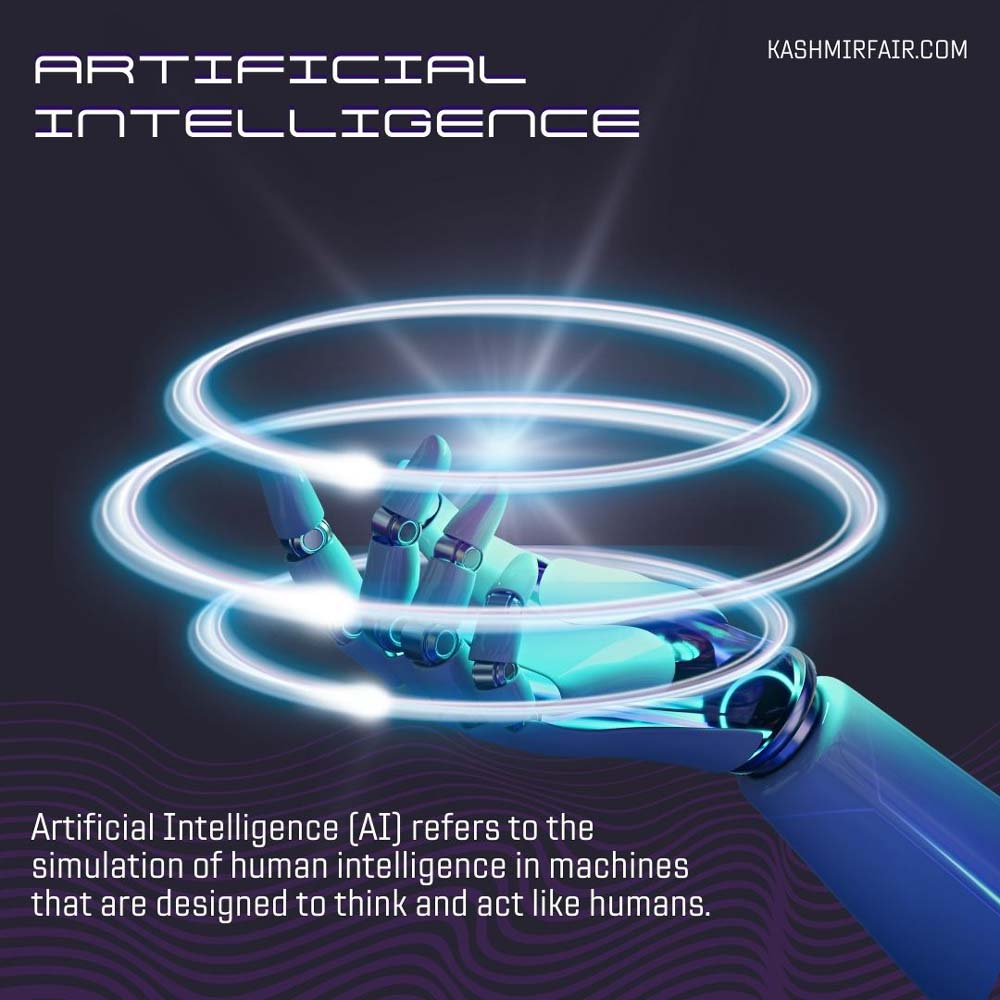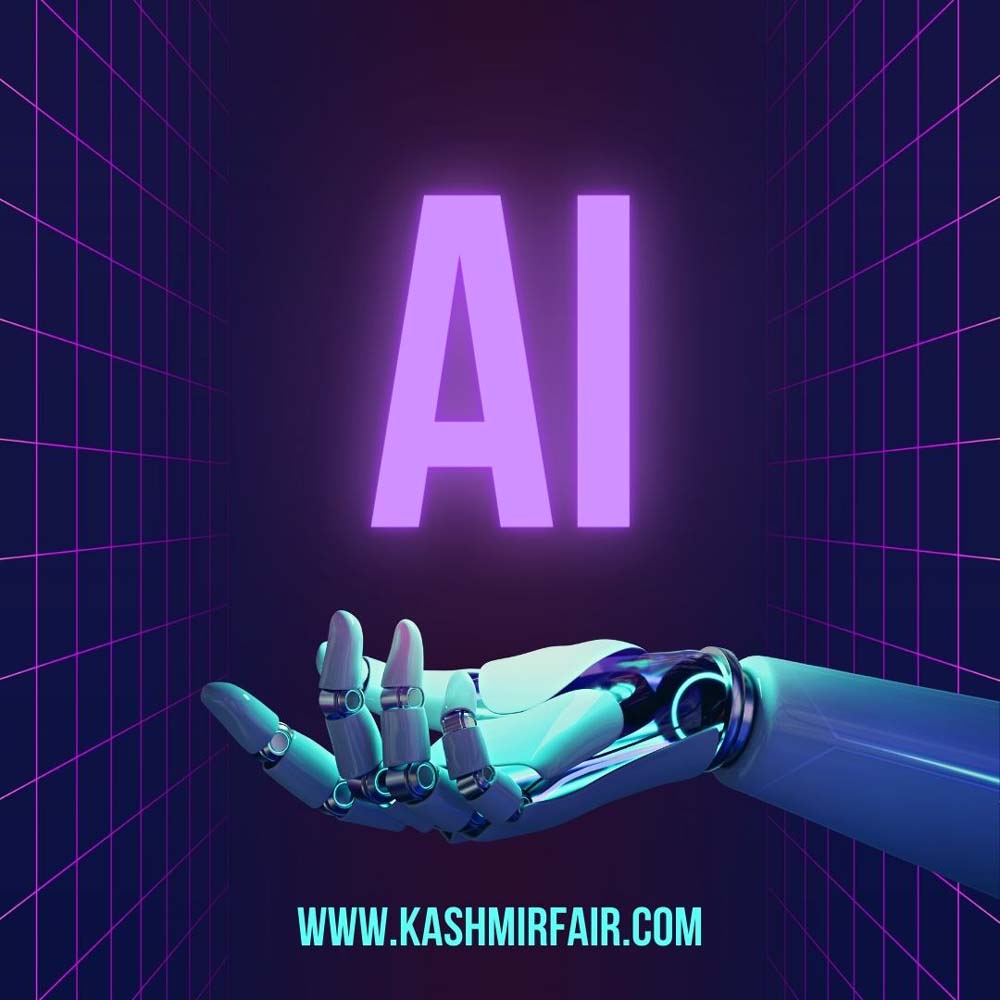What is Data Science?
Data science is an interdisciplinary field that uses scientific methods, processes, algorithms, and systems to extract knowledge and insights from structured and unstructured data. It is a broad field that combines computer science, mathematics, and statistics to gain insights from massive amounts of data…
What is data science with examples?
Data science techniques are used in a wide range of industries such as finance, healthcare, marketing, and retail. Data scientists use various techniques such as artificial intelligence (AI), machine learning, and natural language processing (NLP) to process and analyze data. Data science is used to discover patterns and trends in data, and to make predictions about future outcomes…
What is Data Science Definition?
Today, data science is an interdisciplinary field that draws on elements of computer science, statistics, mathematics, and domain expertise to extract insights and knowledge from data. It has applications in a wide range of fields, including finance, healthcare, technology, and e-commerce.
What is Data Science?
Data science is an interdisciplinary field that uses scientific methods, processes, algorithms, and systems to extract knowledge and insights from structured and unstructured data. It is a broad field that combines computer science, mathematics, and statistics to gain insights from massive amounts of data. Data science techniques are used in a wide range of industries such as finance, healthcare, marketing, and retail.
Data scientists use various techniques such as artificial intelligence (AI), machine learning, and natural language processing (NLP) to process and analyze data. Data science is used to discover patterns and trends in data, and to make predictions about future outcomes.
Today, data science is an interdisciplinary field that draws on elements of computer science, statistics, mathematics, and domain expertise to extract insights and knowledge from data. It has applications in a wide range of fields, including finance, healthcare, technology, and e-commerce. What is Data Science?
Evolution of Data Science?
The roots of data science can be traced back to the early 20th century, with the development of statistical methods for data analysis. However, the field as we know it today really began to take shape in the 1990s, with the rise of digital technology and the growing importance of data in business and research.
One of the key developments that helped to fuel the growth of data science was the rise of the internet, which created new opportunities for data collection and analysis. In addition, advances in computing technology made it possible to process and analyze larger and more complex datasets than ever before.
The term “data science” is thought to have been coined in 2008 by the computer scientist William S. Cleveland. Since then, the field has continued to grow rapidly, with new techniques and technologies emerging on a regular basis.
When does the concept of data science evolve?
The concept of data science has evolved over the past decade as technologies and analytical methods have become more sophisticated and data sets have become larger and more complex. Data science has evolved from being a relatively niche field to a multi-disciplinary activity that encompasses a wide range of activities including data engineering, machine learning, deep learning, predictive analytics, natural language processing, and more. As the field continues to evolve, data scientists will continue to develop new tools and methods to help organizations make better decisions and gain insights from their data. What is Data Science?
Today, data science is an interdisciplinary field that draws on elements of computer science, statistics, mathematics, and domain expertise to extract insights and knowledge from data. It has applications in a wide range of fields, including finance, healthcare, technology, and e-commerce. What is Data Science?
Data scientists use various tools and techniques to process, analyze, and visualize data, including programming languages such as Python and R, machine learning algorithms, data mining techniques, and statistical models. They also need to have strong domain expertise and an understanding of the business problem they are trying to solve.
The future of data science looks promising, as the amount of data being generated is rapidly increasing and there is a growing need to extract insights and knowledge from that data. Here are some key trends that are shaping the future of data science: What is Data Science?
- Artificial intelligence (AI) and machine learning (ML) will continue to play a major role in data science. As the technology advances, it will become easier to build and deploy ML models that can quickly analyze large amounts of data. What is Data Science?
- Data privacy and security will become increasingly important as organizations collect more data. Data scientists will need to ensure that data is stored and used ethically and securely.
- The demand for data scientists will continue to grow as more companies recognize the value of data-driven decision-making. This will lead to increased investment in data science training and education programs.
- Data visualization and storytelling will become even more important as the need to communicate insights and findings to non-technical stakeholders grows.
- The use of big data and cloud computing will become more common, allowing organizations to store and process massive amounts of data more efficiently.
The future of data science looks bright, with many opportunities for professionals to develop new skills and apply them to solve complex problems across a wide range of industries.
Data science can help in storytelling by providing insights and evidence to support a narrative or message. What is Data Science?
Here are some ways that data science can be used to enhance storytelling:
- Data visualization: Data visualization techniques can be used to create compelling graphics that help to illustrate and emphasize key points. By presenting data in an easy-to-understand format, data visualization can help to make complex concepts more accessible to audiences.
- Predictive modeling: Predictive modeling techniques can be used to forecast future trends and outcomes, which can help to create a sense of urgency or importance around a particular issue.
- A/B testing: A/B testing is a technique that is often used in marketing to compare the performance of different messages or campaigns. By using data to measure the impact of different approaches, marketers can refine their messaging to better resonate with their audience.
- Storytelling with data: The concept of “storytelling with data” involves using data to support a narrative or message. By framing data in the context of a story, it can become more engaging and memorable to audiences. What is Data Science?
- Social listening: Social listening involves monitoring social media and other online platforms to track conversations and sentiment around a particular topic. By analyzing this data, organizations can gain insights into how their messaging is resonating with their audience and adjust their approach accordingly.
Overall, data science can be a powerful tool for enhancing storytelling and making complex information more accessible to audiences. By combining data with narrative techniques, organizations can create more compelling and impactful messages. What is Data Science?
Applications of Data Science
Some common applications of data science include fraud detection, recommendation systems, predictive maintenance, and market segmentation. Data scientists work in a variety of industries, including finance, healthcare, technology, and e-commerce. What is Data Science?
Artificial intelligence in data science
Data science and Artificial Intelligence (AI) are closely related fields. AI refers to the ability of machines to make decisions and act autonomously in a way that mimics human intelligence. In the field of data science, AI is used to apply intelligent algorithms to large amounts of data.
AI algorithms can be used to uncover patterns, make predictions, and draw insights from data that would not be possible through manual analysis. This can be used in a variety of applications, such as natural language processing, computer vision, predictive analytics, and more. AI is a powerful tool for data science, as it allows us to uncover insights and make predictions that would otherwise be impossible. What is Data Science?
Example how artificial intelligence is used in data science?
One example of how artificial intelligence (AI) is used in data science is through the use of machine learning algorithms. Machine learning algorithms are used to identify patterns and trends in data sets and make predictions or decisions based on those patterns and trends. For example, a machine learning algorithm might be used to identify customer segments and predict their buying habits. This could be used to target customers with more relevant ads or promotions.
Additionally, AI can be used to automate and optimize processes such as feature engineering and model selection, allowing data scientists to focus their time on more complex tasks. From these patterns, the algorithms are then able to make predictions about what customers are likely to do in the future, allowing businesses to better tailor their services to meet customer needs. What is Data Science?
Artificial intelligence in finance
Artificial intelligence (AI) is increasingly being used in finance to provide more efficient and accurate services in areas such as portfolio and risk management, fraud detection, customer service, and investment analysis. AI-powered algorithms are able to quickly analyze data, identify patterns, and make decisions in real time, allowing financial firms to make more informed decisions and improve their services.
AI can be used to automate processes, such as trading and portfolio management, as well as identifying potential risks and opportunities. AI-based technologies such as machine learning and natural language processing are also being used to interpret customer data and provide tailored advice and services. AI in finance is also being used to detect and prevent fraud and money laundering, as well as to monitor transactions and detect suspicious activity. What is Data Science?
Artificial intelligence in healthcare
Artificial Intelligence (AI) is being used in healthcare in a variety of ways, such as helping to diagnose diseases, aiding doctors in making treatment decisions, and providing more personalized patient care. AI can also be used to reduce administrative burden, improve accuracy and efficiency of medical records, and detect potential health issues before they become serious. AI can also be used to provide personalized medication reminders, detect changes in patient health, and help with predictive analytics to anticipate health issues. What is Data Science?
Artificial intelligence in marketing.
Artificial intelligence (AI) is being used in marketing to automate customer engagement and improve customer experience. AI can be used to identify customer needs and provide personalized recommendations, segment customers into target audiences, and optimize marketing campaigns. AI can also be used to generate insights from customer data, automate customer service, and create personalized content. Additionally, AI can be used to automate customer segmentation and personalization, analyze customer feedback, and measure campaign performance.
Artificial intelligence in retail.
Artificial intelligence (AI) is being used in various ways to improve the retail experience. Examples of AI applications include:
- Virtual Assistants: Virtual assistants, such as Amazon’s Alexa, can be used to provide product recommendations and to manage customer inquiries and orders.
- Predictive Analytics: AI can be used to analyze customer data and predict customer behavior, helping retailers anticipate customer needs and preferences.
- Automated Checkout: AI-powered checkout systems are being deployed in some stores to provide a more efficient shopping experience. What is Data Science?
- Automated Inventory Management: AI-driven inventory management systems can help retailers better manage their inventory and optimize their supply chain.
- Demand Forecasting: AI can help retailers accurately forecast demand and ensure that they have enough stock to meet customer needs.
- Visual Search: AI-driven visual search technology can help customers quickly find the items they’re looking for.
- Chatbots: Chatbots can be used to provide a more personalized shopping experience and to answer customer questions. What is Data Science?
What are the techniques of Data Science?
- Data Visualization: Data visualization is the process of creating visual representations of data such as charts, graphs, and maps. This is a powerful tool for exploring, understanding, and communicating data.
- Data Cleaning: Data cleaning is the process of identifying and removing errors, inconsistencies, and missing values in a dataset. This is an important step in data analysis as it ensures the accuracy and integrity of the data.
- Feature Engineering: Feature engineering is the process of creating new features or variables from existing data. This step is important for training machine learning models as it can help improve their performance. What is Data Science?
- Machine Learning: Machine learning is a branch of artificial intelligence that enables computers to learn from data. It is used in data science for tasks such as classification, clustering, and prediction.
- Model Evaluation: Model evaluation is the process of evaluating the performance of a machine learning model. This is done by comparing the model’s predictions to the actual outcomes. 6. Predictive Modeling: Predictive modeling is the process of creating a predictive model that can be used to make predictions about future events or outcomes. This is a powerful tool for data scientists to gain insights from data. What is Data Science?
How machine learning is used in data science.
Machine learning is a type of artificial intelligence (AI) that provides computers with the ability to learn without being explicitly programmed. It focuses on the development of computer programs that can access data and use it to learn for themselves.
Machine learning is used in data science for predictive analytics, anomaly detection, pattern recognition, clustering, and classification. It is also used to detect relationships between variables and to identify correlations in large datasets. Machine learning can help make data-driven decisions, automate processes, and improve the accuracy of predictions. What is Data Science?
How natural learning processes are used in data science.
Natural learning processes in data science involve the use of algorithms that mimic the way humans learn. Examples include decision trees, neural networks, and machine learning. These algorithms are used to uncover patterns and relationships in large datasets, allowing data scientists to make more accurate predictions and draw insights from data. Natural learning processes are also used to automate tasks such as classification, clustering, and forecasting, enabling businesses to become more efficient and competitive. What is Data Science?
How natural language process (NLP) is used in data science.
Natural language processing (NLP) is a field of data science that focuses on interactions between computers and humans. It uses computational techniques to analyze and interpret natural language, including text and speech. NLP is used to extract knowledge from large amounts of data, to identify patterns and relationships that are not obvious to the human eye. It can be used to create automated systems that can understand and interpret language, as well as generate new content.
It can also be used to classify documents, or to determine sentiment in text. NLP can help data scientists to make better decisions and provide more accurate insights into their data. What is Data Science?
NLP stands for Natural Language Processing, which is a subfield of data science that focuses on analyzing, understanding, and generating human language data. NLP is an interdisciplinary field that combines elements of computer science, linguistics, and artificial intelligence to enable computers to understand, interpret, and generate natural language. What is Data Science?
NLP has a wide range of applications in data science, including:
- Text classification: NLP can be used to automatically classify text data based on the content, sentiment, or other characteristics. What is Data Science?
- Named entity recognition: NLP can be used to identify and extract named entities, such as people, places, and organizations, from text data.
- Sentiment analysis: NLP can be used to automatically determine the sentiment of text data, which can be useful for analyzing customer feedback, social media posts, and other types of user-generated content. What is Data Science?
- Machine translation: NLP can be used to automatically translate text from one language to another.
- Chatbots and virtual assistants: NLP can be used to enable chatbots and virtual assistants to understand and respond to natural language queries. What is Data Science?
To achieve these applications, NLP uses various techniques and algorithms such as tokenization, part-of-speech tagging, named entity recognition, parsing, sentiment analysis, machine translation, and deep learning.
Overall, NLP is a rapidly growing field in data science, with many applications in areas such as customer service, healthcare, e-commerce, and social media analysis.
What is Data Science?
What is Artificial Intelligence?












